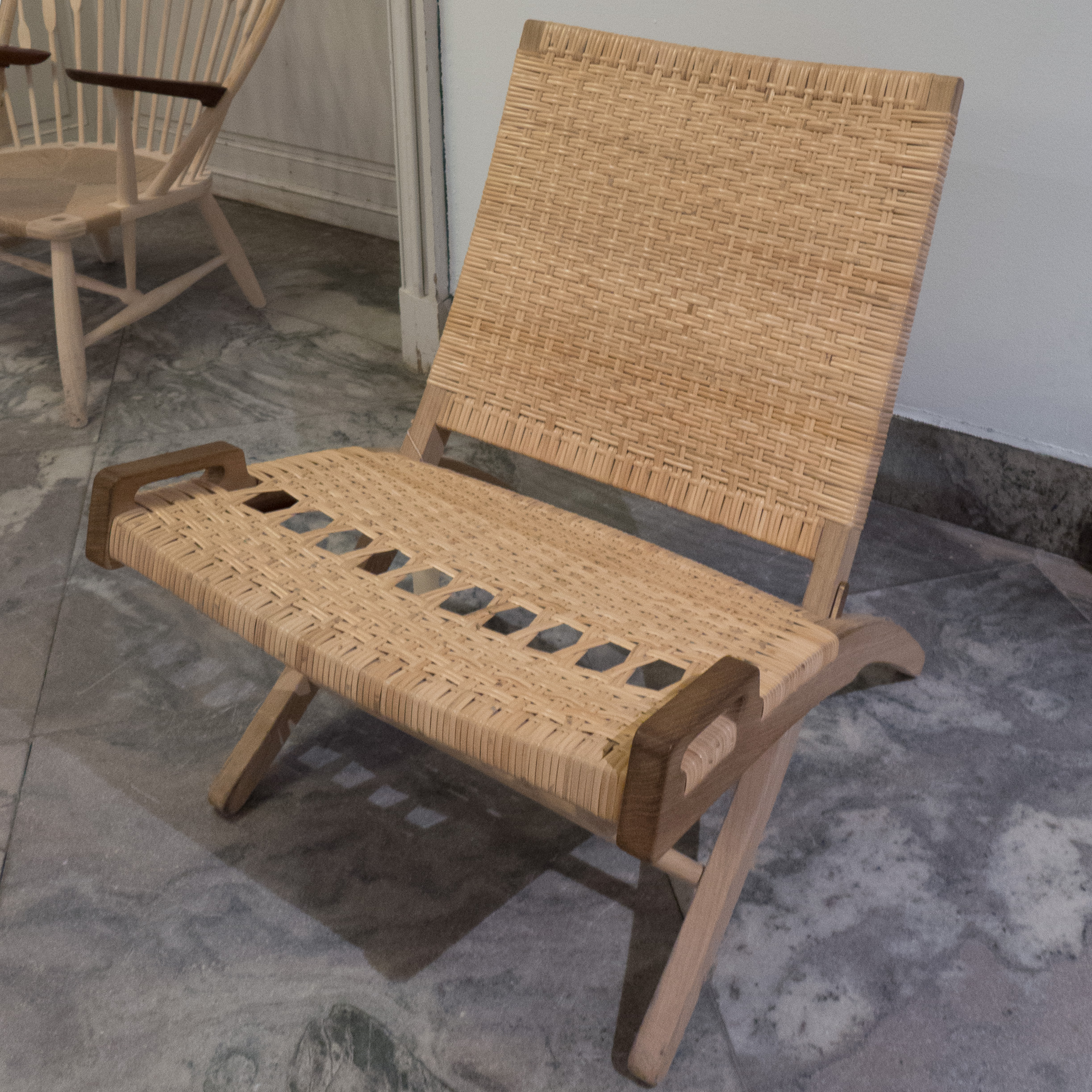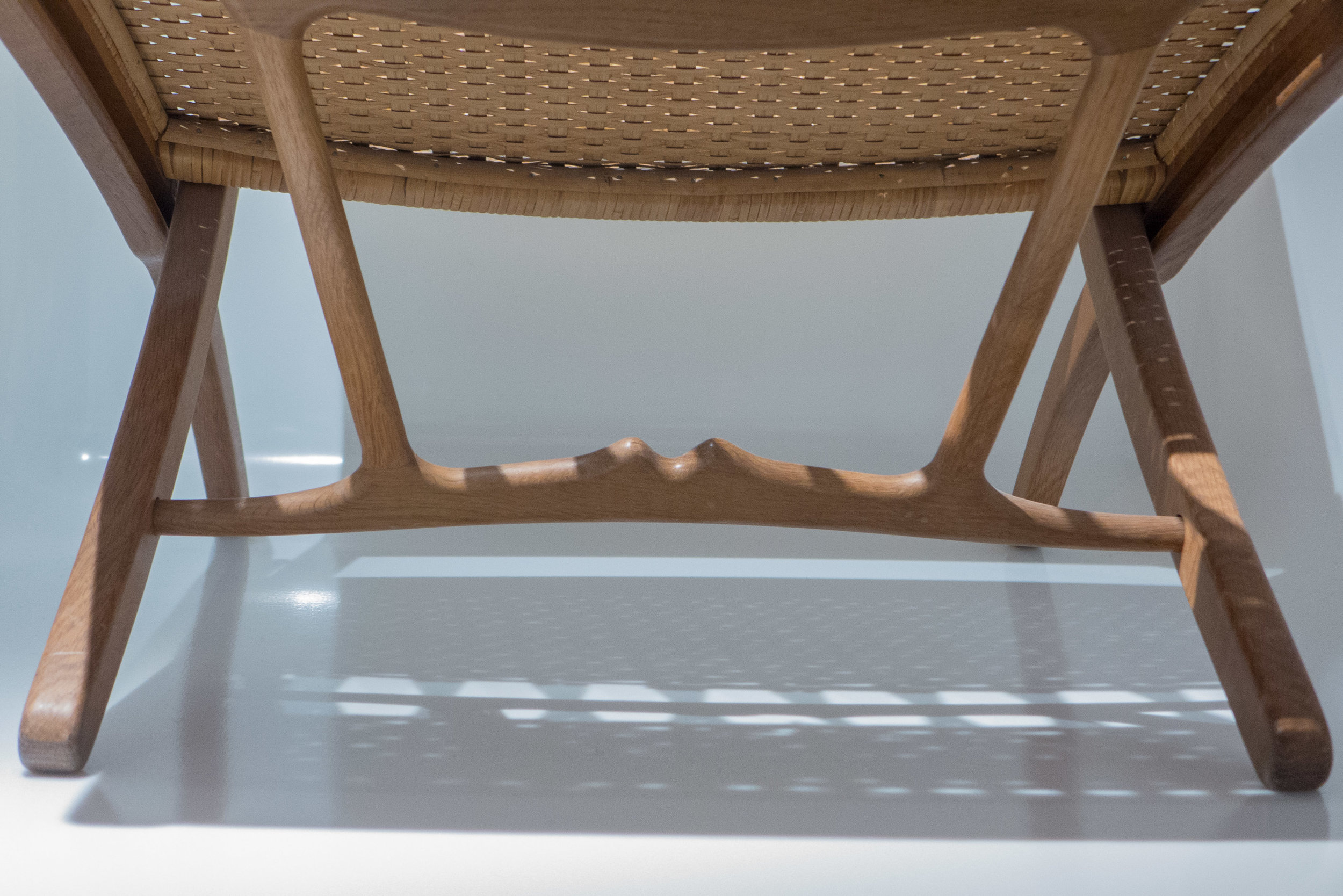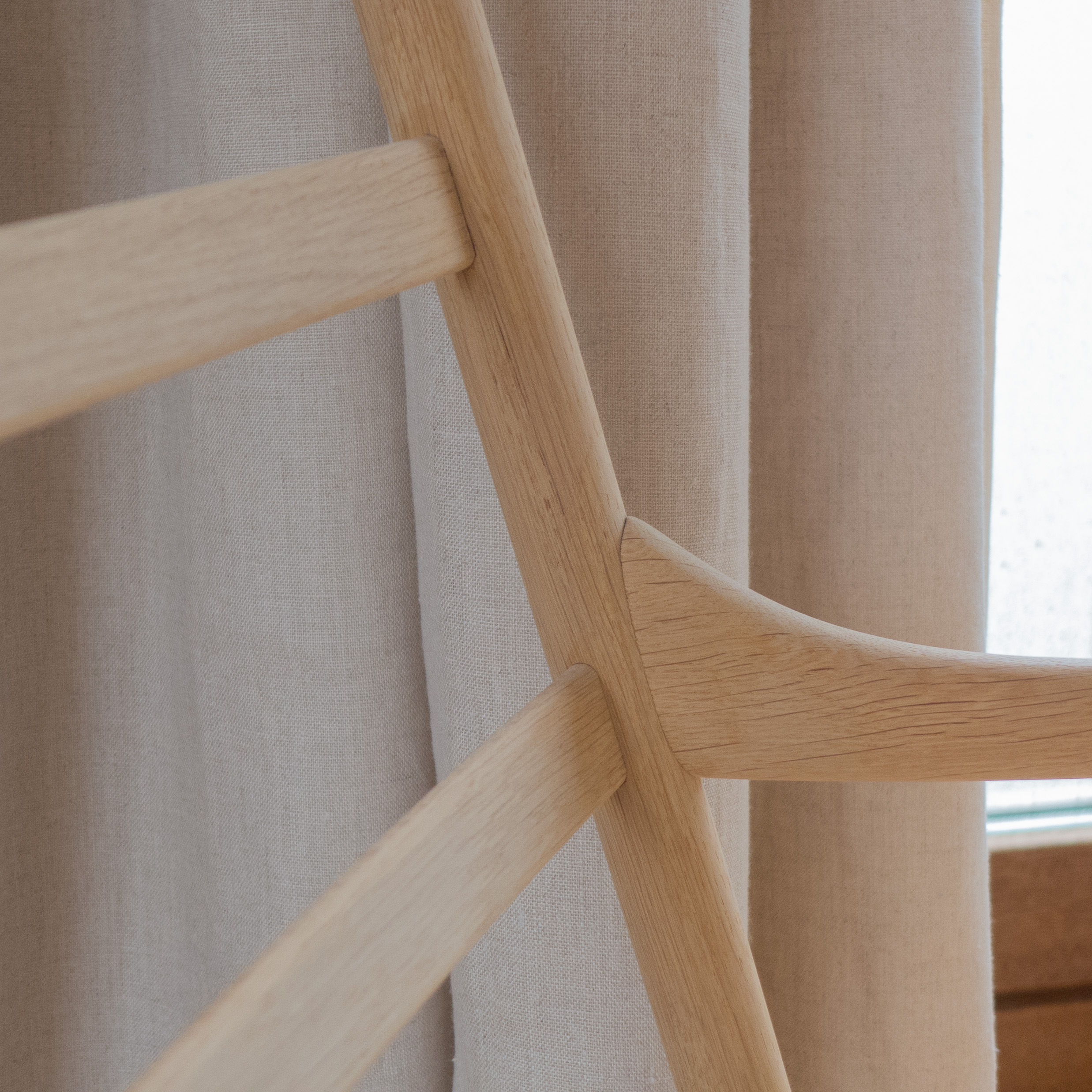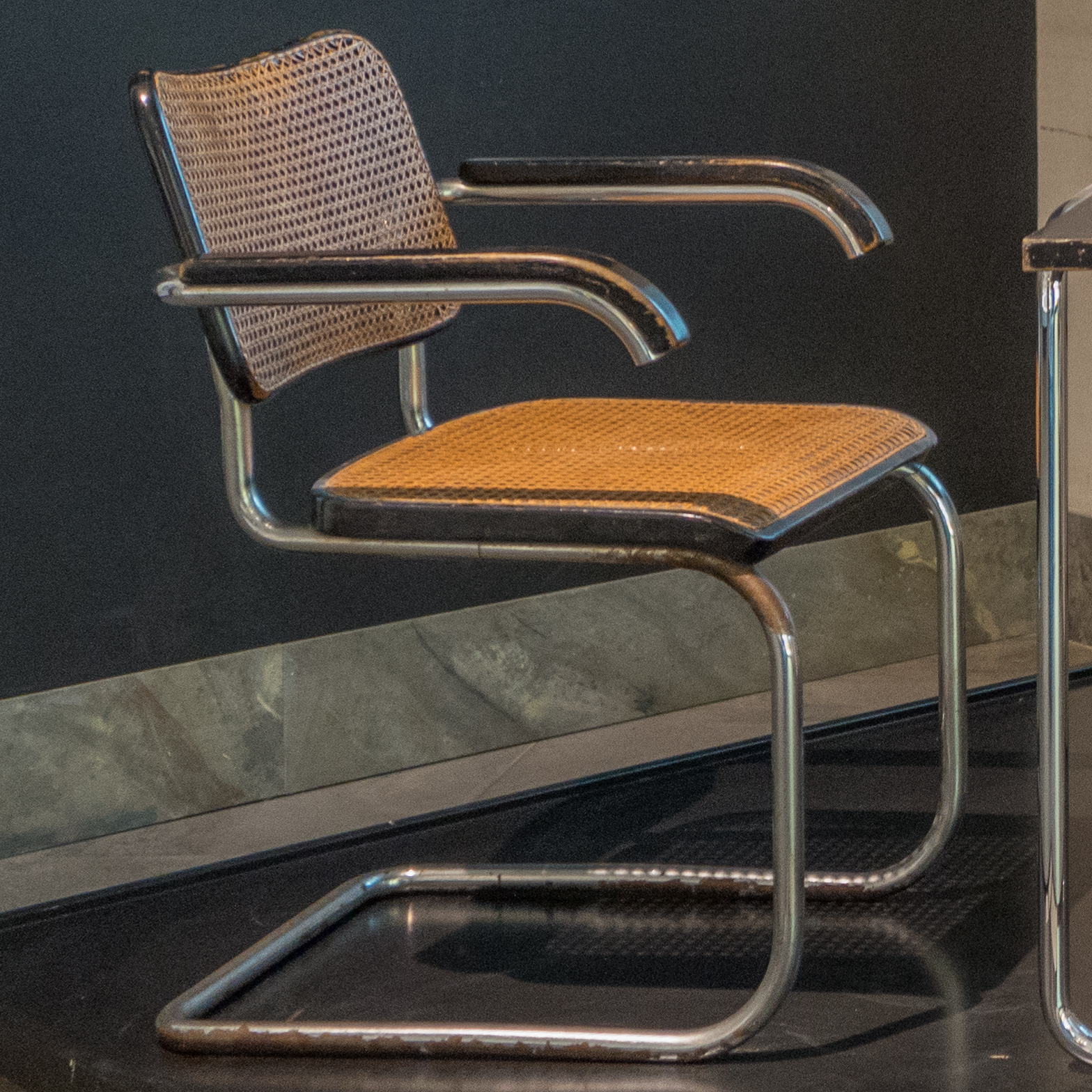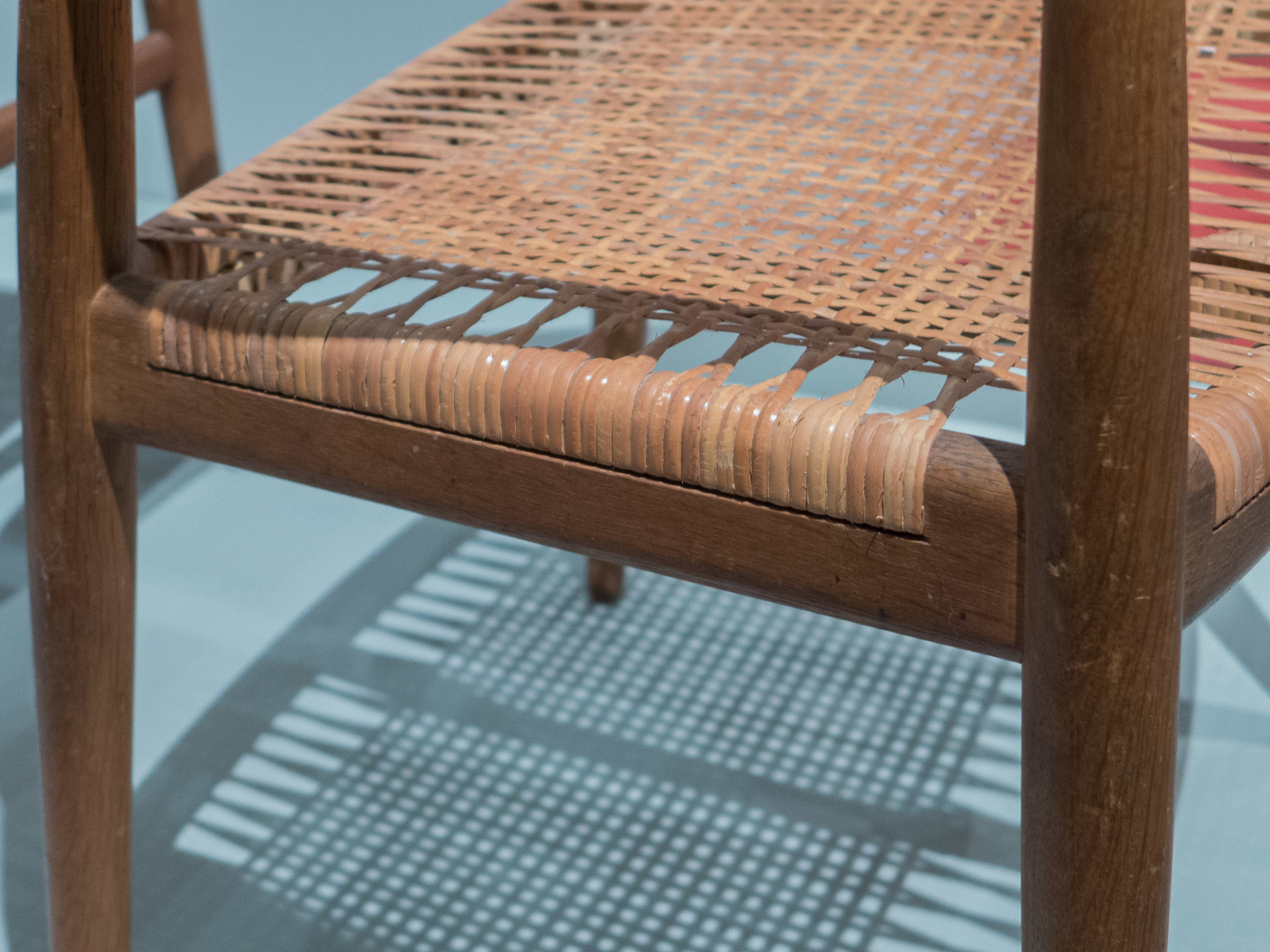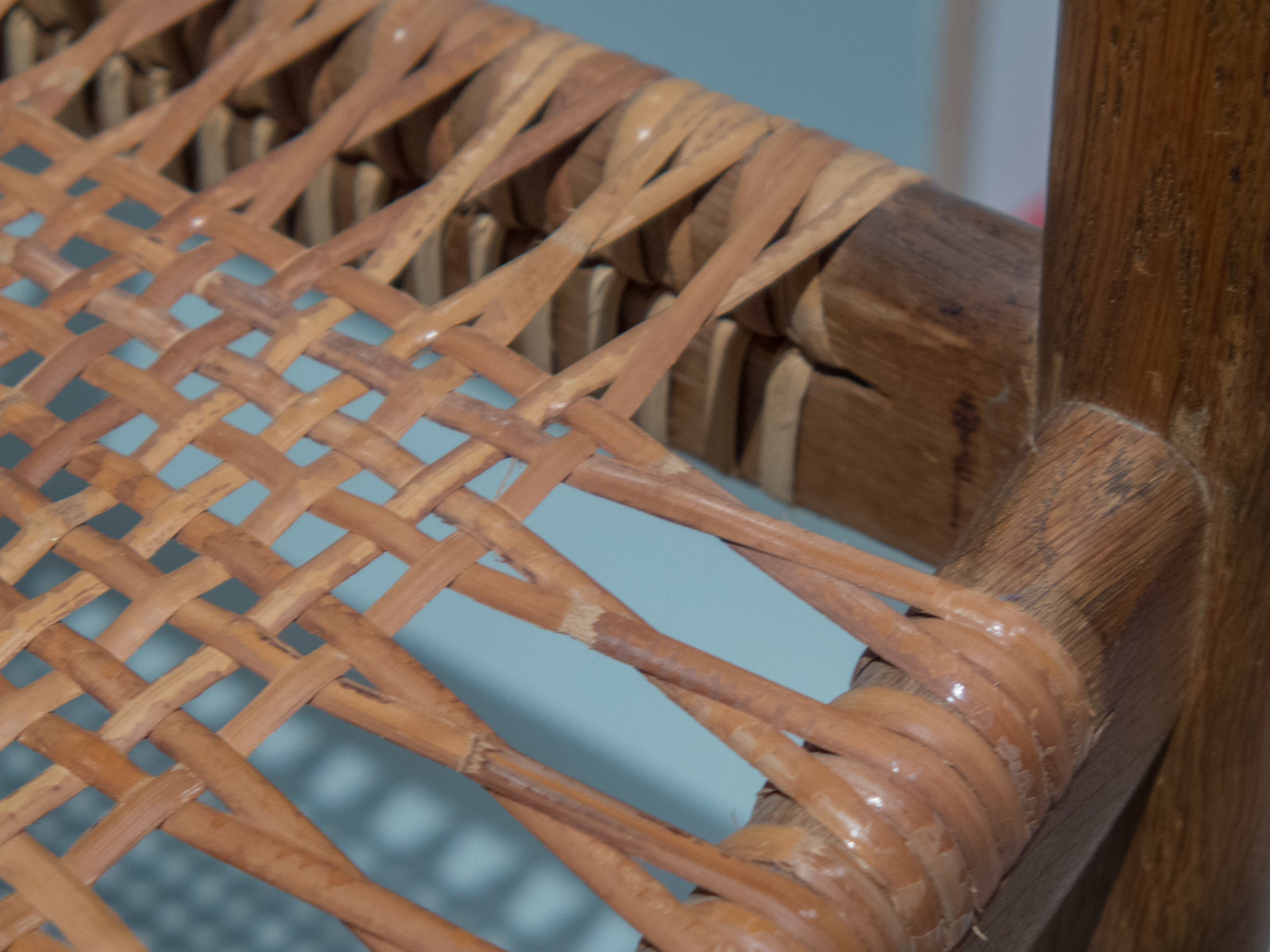In 1924 Klint was appointed an assistant professor at the Royal Danish Academy of Fine Arts, in the newly-established Department of Furniture Design, where, again, he emphasised the importance of measuring and drawing good examples of historic furniture and that took up much of the first year of the course. In 1927 Klint described these drawings as "the beginning of an archive of furniture studies." *
The Department of Furniture Design was based in the Danish Museum of Art & Design - now Designmuseum Danmark - and students made carefully-measured drawings of a number of key pieces in the collection including a chair by the 18th-century English furniture maker Thomas Chippendale which then formed a starting point for the design of several modern chairs.
The Danish sculptor Einar Utzon-Frank, who also taught at the Royal Academy, owned a rocking chair that was described as "in the American Colonial style" and that chair was surveyed in 1927 by O Brøndum Christensen. A precisely-measured drawing of a Shaker chair at a scale of 1:5 and photographs taken of the chair in 1928 survive. **
Then, in 1935, in an auction, the museum bought this Shaker Rocking chair, very close to the form of the chair owned by Utzon-Frank and it was recorded in the acquisition index as A32/1935 where it is described as a shawl-back rocker with a cushion rail … that is the thin turned, slightly curved bar that runs across the back at the top of the back posts of the back rest of the chair.
In 1937 Edward and Faith Andrews published Shaker Furniture and, after a copy of that book was acquired by the museum library in 1941, it appears that Kaare Klint began a correspondence with American museums about Shaker furniture. ***
The following year, in 1942, Rud. Rasmussens Snedkerier - the cabinetmakers who worked closely with Kaare Klint and made much of the furniture that he designed - made a copy of the Utzon-Frank chair. They appear to have used the survey drawing by O Brøndum Christensen because the upper part of the front legs of the Rud. Rasmussen chair - with an elongated, turned, baluster shape above the seat rail - matches the Utzon-Frank chair rather than the chair owned by the museum that has long, elegant tapering or thinning down of the front leg between the seat rail and where it is housed into the underside of the arm rest.
Also in 1942, Kaare Klint produced designs for a number of chairs in a Shaker-style for FDB - the Danish Co-op - who had just set up a new office for furniture design. Two chairs, one with arms and one without, given the numbers J20 and J21, were made as prototypes by Fritz Hansen Eftf although in the end they were not put into production. ****



